Throughout the Years: the Vineyard Gazette at 170
Friday, May 13, 2016
One of the most striking features of the first issue of the Vineyard Gazette numbered Vol. 1., No.1 is the absence of Island news on the front page. Dated Thursday, May 14, 1846, the inaugural edition featured poems, an essay on the virtues of marriage, and a fable about a vulture. Vineyard news, including arrivals and departures of whaling ships from Edgartown and Holmes Hole, was consigned to the inside pages, along with dispatches from the Mexican-American war.
On Friday, May 13, 2016, Vol. 170, No. 52 of the Gazette rolled off the press at the newspaper office at 34 South Summer street, an 18th century building that has been the Gazette’s home since 1939. It’s a safe bet that almost everything on the front page will concern Martha’s Vineyard. While the ink was still fresh on the old-fashioned black-and-white broadsheet, many of the stories that appeared in print had already reached readers around the world via the Gazette website and Facebook page, Twitter and Instagram. As for front-page poetry, today that is reserved for a 1921 innovation called the skyline — a single line of verse that runs across the top of Page One each week.
For the past 170 years, the Gazette has changed along with the Island, the paper’s publishers, and the newspaper industry, all the while reflecting the weekly ebb and flow of the Vineyard community: the decline of the whaling industry and the rise of the Vineyard as a summer destination; shipwrecks and hurricanes; town meetings and Island controversies; moments in the national spotlight and enduring staples of community news: births and deaths, marriages, food, fishing, farming — even the Edgartown post office.
Some changes have been driven largely by technology. That first paper, and Gazette editions well into the 20th century, were exceedingly labor intensive to produce. Until 1920, when the first Linotype machine was purchased, each letter was set by hand and printed on a press turned by hand. Pre-written, pre-set boilerplate copy, such as monographs on the highlands of Scotland, and apologues, another name for a fable, helped to fill the paper with copy because there was only so much time to report Island news and manpower to assemble the paper every week.
Other changes reflected shifts in philosophy and cultural norms. In a brief mission statement in that first edition of the Gazette, founding publisher Edgar Marchant pledged to devote part of the paper to moral and religious reading, and to “furnish the latest news, both foreign and domestic, and in our selections we shall endeavor to unite the agreeable with the useful, and if possible to please the taste of the businessman and the man of leisure.”
Today, the Gazette hews to a more secular mission as “the journal of Island life,” devoted — as the paper’s masthead dutifully records each week — to the interest of the six towns on the Island of Martha’s Vineyard. The Vineyard Gazette Media Group has expanded well beyond newspaper publishing, now producing a variety of print and digital publications including Martha’s Vineyard Magazine, Island Weddings and the Welcome to Martha’s Vineyard travel guide, as well as sponsoring events. Its focus is entirely on Martha’s Vineyard and the people near and far who love the Island.
An old Sam Adams press, now on display at the Gazette, is reportedly the machine on which the first paper was printed. It is now long retired, replaced by succeeding presses, each an improvement on the last: a hand-cranked Fairhaven press that was inked by rollers and not by hand; a Whitlock press, which had an electric motor and could produce 1,000 copies of the paper per hour; and finally a Duplex flat-bed perfecting press, the last press to use lead type to stamp words and images on the paper as it flew by.
In 1975, a new three-unit Goss Community Press, able to print multiple 16-page sections, up to 14,000 an hour, came to the Gazette. It relied on offset technology, by which each page is imprinted on a metal plate that is mounted on the press. The plates are inked, the images of the pages are transferred in reverse to a rubber blanket and then as positive images to the page. When the old hot-lead press was retired, some of the iron in it was melted down and set as the ballast keel of a double-ended Maine pink sloop. Almost half a century later, the Goss press is still in use; last spring, a new computer-to-plate unit was added to the mix, using inkjet technology to speed up the process by which the plates are created.
The past 170 years of the Gazette is a story of the evolution of an Island seven miles out in the Atlantic; the dramatic changes in the news industry machines and technology; the heartbeat of a small community. The story is also about people. Fourteen publishers left their marks, from Marchant to Henry Beetle Hough and his wife, Betty, to two generations of the Reston family to Jerome and Nancy Kohlberg, who purchased the paper in 2010 to ensure its continued existence. Their stories are told on posters displayed in the offices of the Vineyard Gazette.
Generations of Islanders have worked at inking pages, setting type, reporting the news, taking pictures, writing and editing stories, delivering papers, and tending the press. Many of those jobs continue today, along with new ones created by the migration of the news audience to digital platforms.
Stories about and for Vineyarders continue fill the pages of the Gazette every week. And readers near and far get Vineyard news delivered to their mailboxes and on their phones or laptops. Some will walk into the Gazette office on Friday morning to buy a copy of the latest Island news, fresh off the press, as Islanders have done for 17 decades and counting.



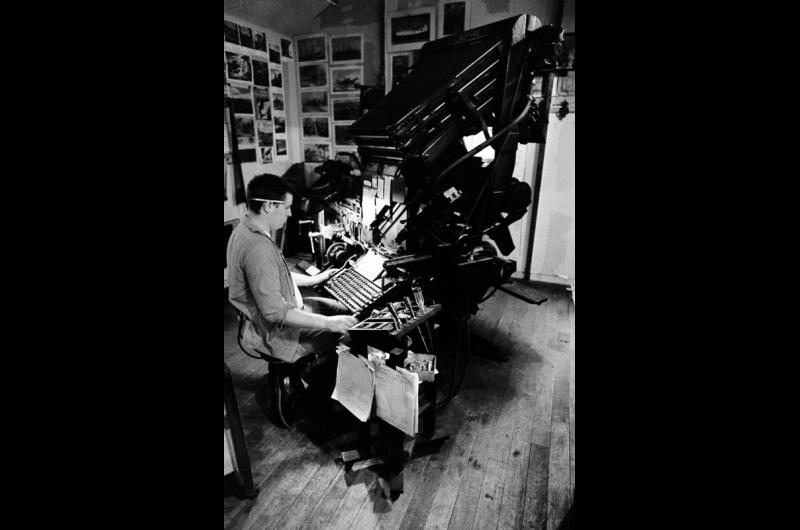

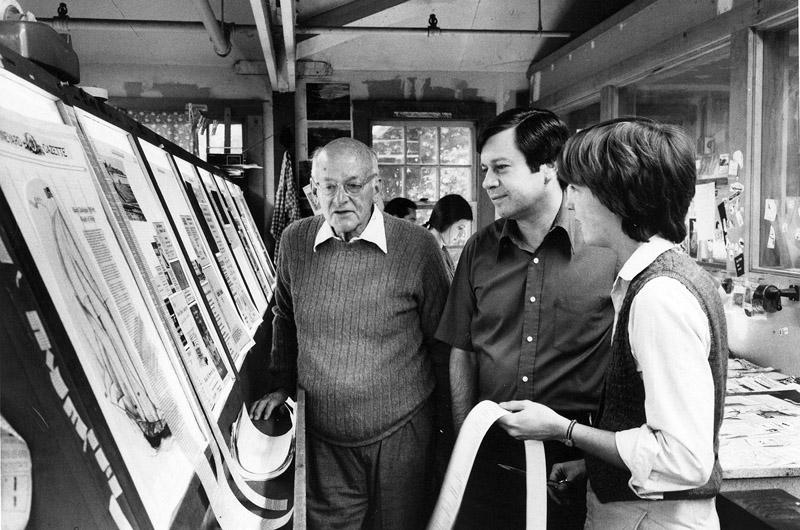
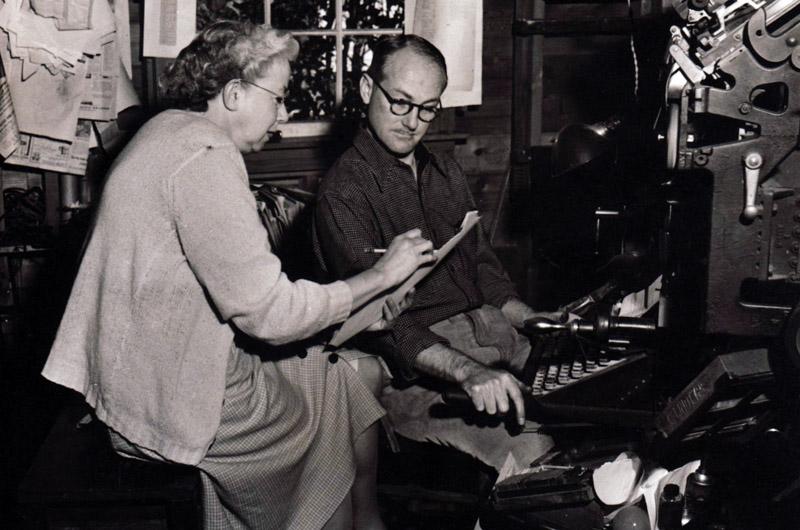



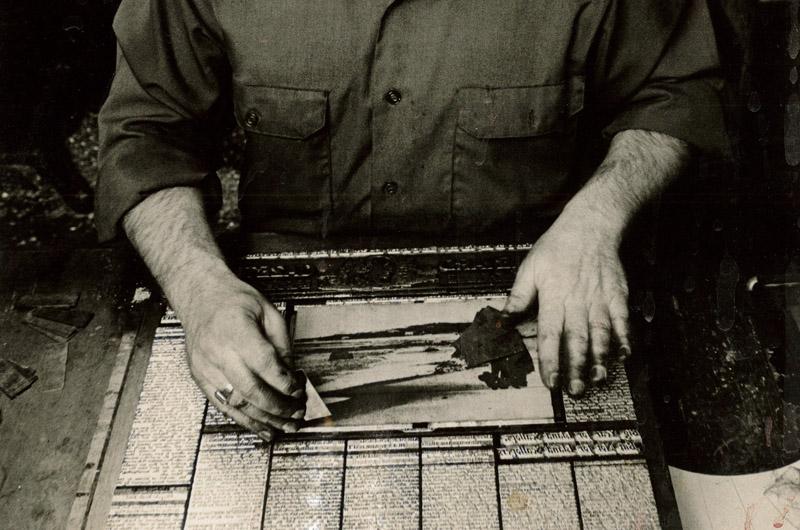




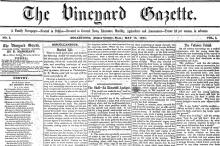
















Comments (1)
Comments
Comment policy »